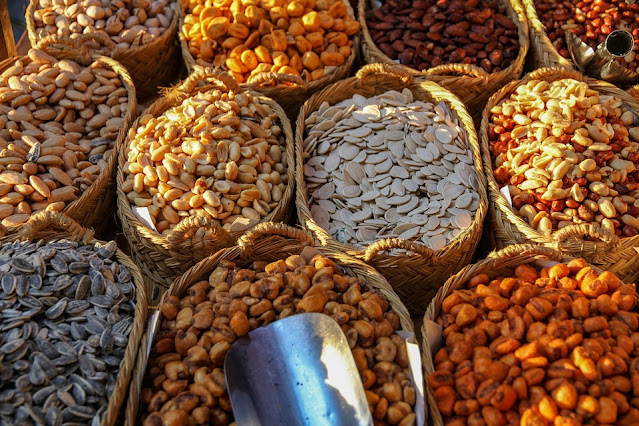Interview with Home Chef Kent Chin of Markham, Ontario: Blending a Scientific and Artistic Approach to Cooking
Kent Chin is a dedicated family man from Markham, Ontario. He holds a BSc in Health Sciences, an MBA from Toronto Metropolitan University, and a Master of Finance from Queen's University. But one of his lifelong passions is developing his skills as a home chef. He tries to practice the principles of balance, consistency, and self-improvement in both his work and his hobbies. In this interview, Kent talks about balancing scientific and artistic approaches to home cooking, offering insights for beginners on improving their skills in the kitchen.
Q: A lot of people say that cooking is both a science and an art. How do you see that balance in home cooking?
Kent Chin: For me, cooking is a thrilling mix of following the rules that have been painstakingly made over the years by countless chefs, and trying new things that may only occur to you based on your own life experiences. I use the scientific part of cooking to get the basics right, like making sure bread dough rises or chicken is cooked properly. But the artistic side of it is where things get fun. I love adding my own touches, like swapping spices or trying new ingredient combinations. Over the years, I’ve learned that blending both methods makes cooking at home more exciting and less stressful. It’s a really good feeling when a meal comes out perfectly cooked and uniquely yours.
Q: Should beginner cooks lean more towards the science of cooking or the art?
Kent Chin: When I first started cooking for myself, I focused on the science. I followed recipes in exact order because I wanted to make sure my food turned out all right. That taught me how heat, timing, and measurements affect food. The artistic part of it came with practice. Once I got comfortable learning the science and cooking basic meals, I started adding my own twists to my meals, like changing up flavours or textures. I think every beginner cook should start with the science first before they get into the art, just to be safe.
Q: Can you give an example of how scientific learning changes how a home chef might cook?
Kent Chin: Baking is a good example. When I tried making sourdough for the first time, I didn’t know much about fermentation, and my bread came out dense. Learning how temperature and proofing affect dough changed everything. Once I knew about that, my loaves turned out much better. Grasping the science behind what you’re doing helps prevent mistakes and makes cooking feel like success instead of a guessing game.
Q: Where does artistry thrive in home cooking?
Kent Chin: I think artistry comes in the small details. I make a lot of pasta, and while science tells me how long to boil it or how to balance the sauce, the artistry is in what I add to it for my own personal taste. Sometimes it’s fresh herbs from my garden, a squeeze of lemon or some olive oil. Even the plating process can be artistic. Those small touches are what make a meal feel unique, special, and memorable.
Q: How should home chefs balance science and art in their cooking?
Kent Chin: Start with a couple of
recipes you know you can make easily. Once you know that method works, try
adding your own little twist. For example, I have a roasted chicken I can make
anytime, and then I change the seasoning or sides depending on what’s in season.
That way, you get consistency from the science and creativity from the art.
Balancing both makes cooking more fun and satisfying. Eventually, with enough
practice, you’ll start to trust your instincts and like making meals on your
own.





